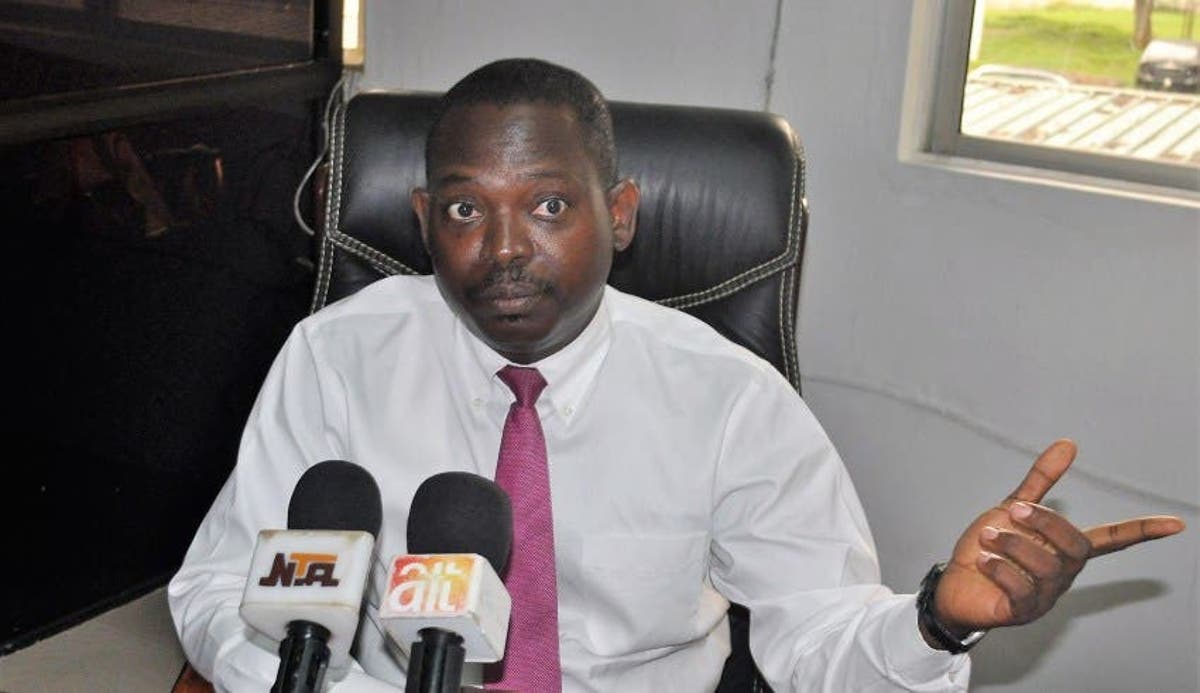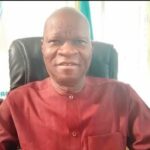
The Country Director, Coalition for Good Governance and Economic Justice in Africa, John Mayaki, who is a former Commissioner for Youth, Sports and Special Duties in Edo State, tells DIRISU YAKUBU why the coalition he heads wants the World Bank to evaluate the impact of the $75m (about N40bn) loan given to the Godwin Obaseki-led government to develop the education sector
You recently called on the World Bank to visit Edo State for physical inspection of schools in the state, what prompted that?
We are inviting them for an on-the-spot assessment of Edo schools, especially in the rural areas, because despite the announcement of significant funding for the revamping of education in Edo State, there has been little to no visible impact or improvement in the state’s educational system. It is our aim that it would provide a first-hand experience of the deplorable conditions of schools, particularly in rural areas. The assessment will also enable them to witness the reality on the ground and gain a deeper understanding of the urgent need for intervention and support in Edo State’s education sector. Overall, the invitation for an on-the-spot assessment is a call for transparency, accountability and a shared commitment to improving education for children in Edo State, particularly those in underserved, rural areas who are currently bearing the brunt of the existing challenges.
The Obaseki-led government has been lauded for its education policy known as EdoBESST, what are your reservations?
EdoBESST has received praise from the World Bank and other global institutions but it is imperative to critically assess its impact, especially regarding infrastructure and resource allocation. Adequate classrooms, chairs and tables are indispensable for effective education delivery, and unfortunately, these necessities are lacking in many schools across Edo State. Moreover, it is vital to address the significant disparity between urban and rural areas when implementing educational reforms. Focusing solely on urban centres while neglecting rural areas undermines the goal of providing equal opportunities for all students. To accurately evaluate the success of EdoBESST, it is essential to consider its impact across the entire state, rather than basing judgments solely on the achievements of a single school in Benin City.
Are you implying the $75m loan has not been well utilised to revamp education in the state?
In terms of physical and tangible structures, I can tell you that there is virtually nothing to justify the World Bank’s $75m loan facility granted to the Edo State government, and this claim is verifiable. However, it seems that our expectations regarding the deliverables from the total sum of N40bn are at odds with what the state government intended to achieve. Governor Obaseki’s EdoBESST programme and the World Bank loan primarily focus on teachers using scripted lessons on tablets, with the tablets tracking their progress. Learning and development officers provide specific recommendations to teachers, while quality assurance officers supervise and cross-check the overall programme quality. This is what the N40bn EdoBESST initiative aims to accomplish, but it lacks solid interventions that would significantly impact education outcomes, such as infrastructure and facilities like classrooms, chairs, tables, toilets, libraries, laboratories and sports facilities found in standard or private schools. Spending N40bn without improving schools is questionable. What is the use of tablets without proper schools? While the Benin Technical College has been rebuilt with support from the Canadian government and other donors during the governor’s seven years in office, other technical schools seem to have been neglected. How does that align with EdoBESST? When examining the performance of Edo State students in examinations, we see impressive results from Deeper Life students and those from Anambra State, without the support of the World Bank or the extravagant codename ‘EdoBESST.’ These students are performing better, making the expenditure of such a substantial sum of N40bn on scripted lessons in tablets without a conducive learning environment unjustifiable. It is puzzling to consider EdoBESST when children of government officials attend private schools. The first thing that attracts students to attend school is the built environment, infrastructure and facilities, even before discussing teaching methods. The idea of tracking class attendance with EdoBESST is laughable when the school environment itself is not conducive to learning. Therefore, if the N40bn World Bank loan is solely for providing tablets to students in urban areas, it signifies a misplaced priority and a waste of resources.
Have you personally visited public schools across the state before arriving at this conclusion?
Fantastic question! I have personally toured schools in all the three senatorial districts – Edo South, Edo Central and Edo North. The situation is consistent across the districts. I have visited schools in rural and semi-urban areas, as well as in Benin City, the cosmopolitan capital. It is disheartening to see dilapidated buildings housing students, even in close proximity to Government House. During my visits, I conducted interviews with students and teachers, some of whom preferred to remain anonymous. I saw classrooms with trees growing inside them and captured videos of rundown science laboratories. The dire state of schools cuts across the board. This was why I wrote to the World Bank, urging it to commission a team to join civil society groups, journalists and other stakeholders in Edo State for an objective assessment of the school infrastructure. This assessment would highlight the disparity between the substantial amount of money claimed to have been invested in education and the actual conditions on ground. I believe it is crucial for the World Bank to collaborate with independent organisations, rather than rely solely on the state government, which may have the capacity to influence the outcome. The assessment team should also have the freedom to visit the locations of its choice. This approach will ensure a comprehensive and unbiased evaluation of the situation. I have documented evidence in the form of photographs and videos that showcase the poor conditions of schools in Edo State. These visuals depict crumbling infrastructure, inadequate facilities and overall neglect. The purpose of sharing this evidence is to highlight the urgent need for intervention and to emphasise that the current investment in education does not align with the dire state of the schools.
A former Special Assistant to the governor on Sports, Sixtus Omokhagbor, said recently that the success of EdoBESST has led some state governments to deploy study groups to Edo to learn about policy, what do you say to that?
There is little to learn from the EdoBESST programme. Instead, we can draw valuable lessons from the exceptional performance of students at Deeper Life School, with over 130 students achieving the highest scores in the Unified Tertiary Matriculation Examination. State governments are interested in understanding how Edo State secured funding from the World Bank. They want to learn what measures were taken to attract such funds. In fact, during the administration of former governor Adams Oshiomhole, the World Bank defended its $75m loan to the Edo State Government, stating that it grants significant funding only to governments it trusts to utilise the funds effectively for development outcomes.
Edo State was chosen by the World Bank based on trust?
Yes, Mrs Gloria Joseph Raji and Dr Khwima Nthara, two senior executives from the World Bank, explicitly stated that the bank trusted the Edo State Government to utilise the funds appropriately, as it provides support to the governments it trusts to achieve development results. Do not forget that this policy started from the government of Comrade Adams Oshiomhole and that statement was made during Adams Oshiomhole’s administration.




